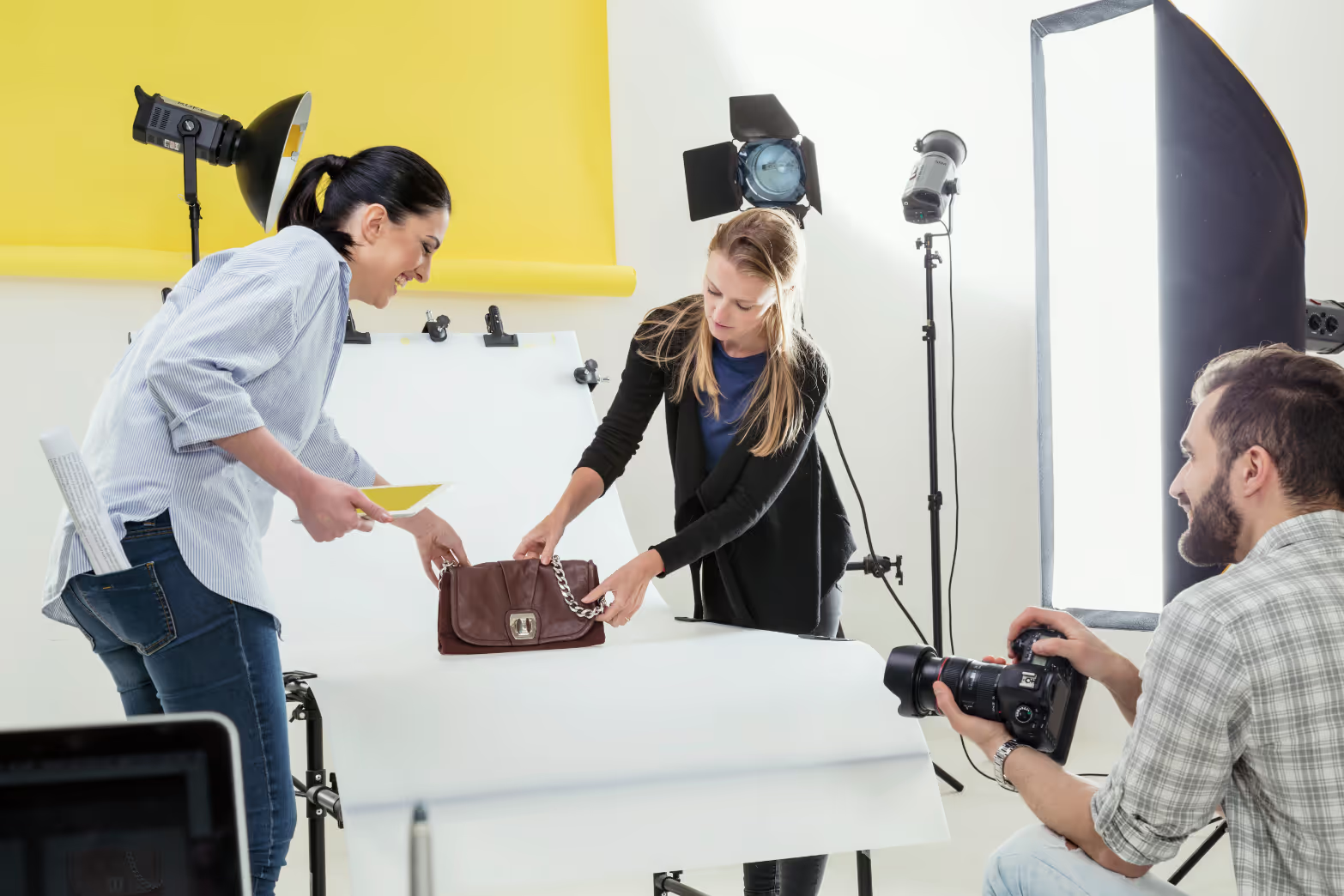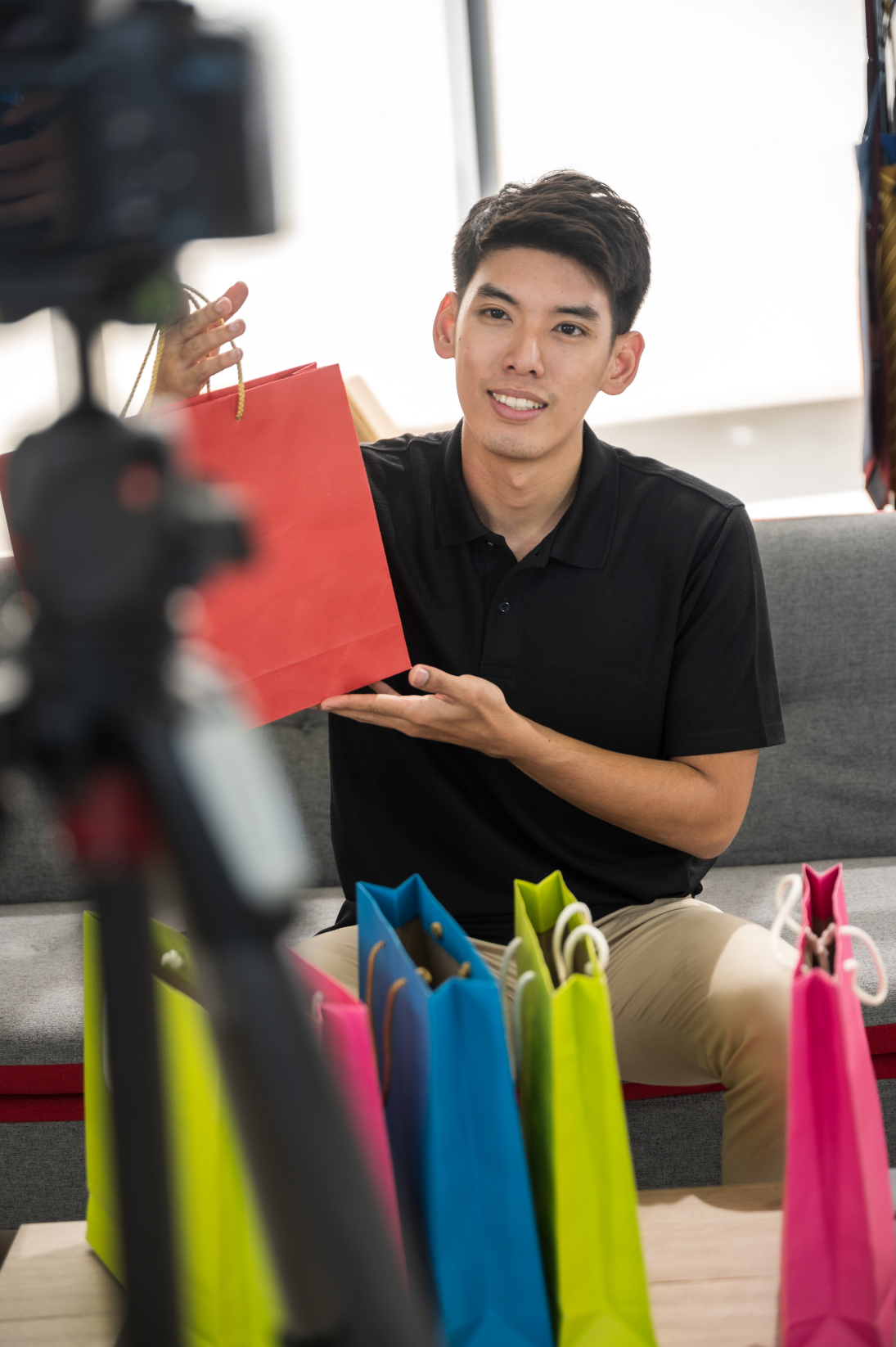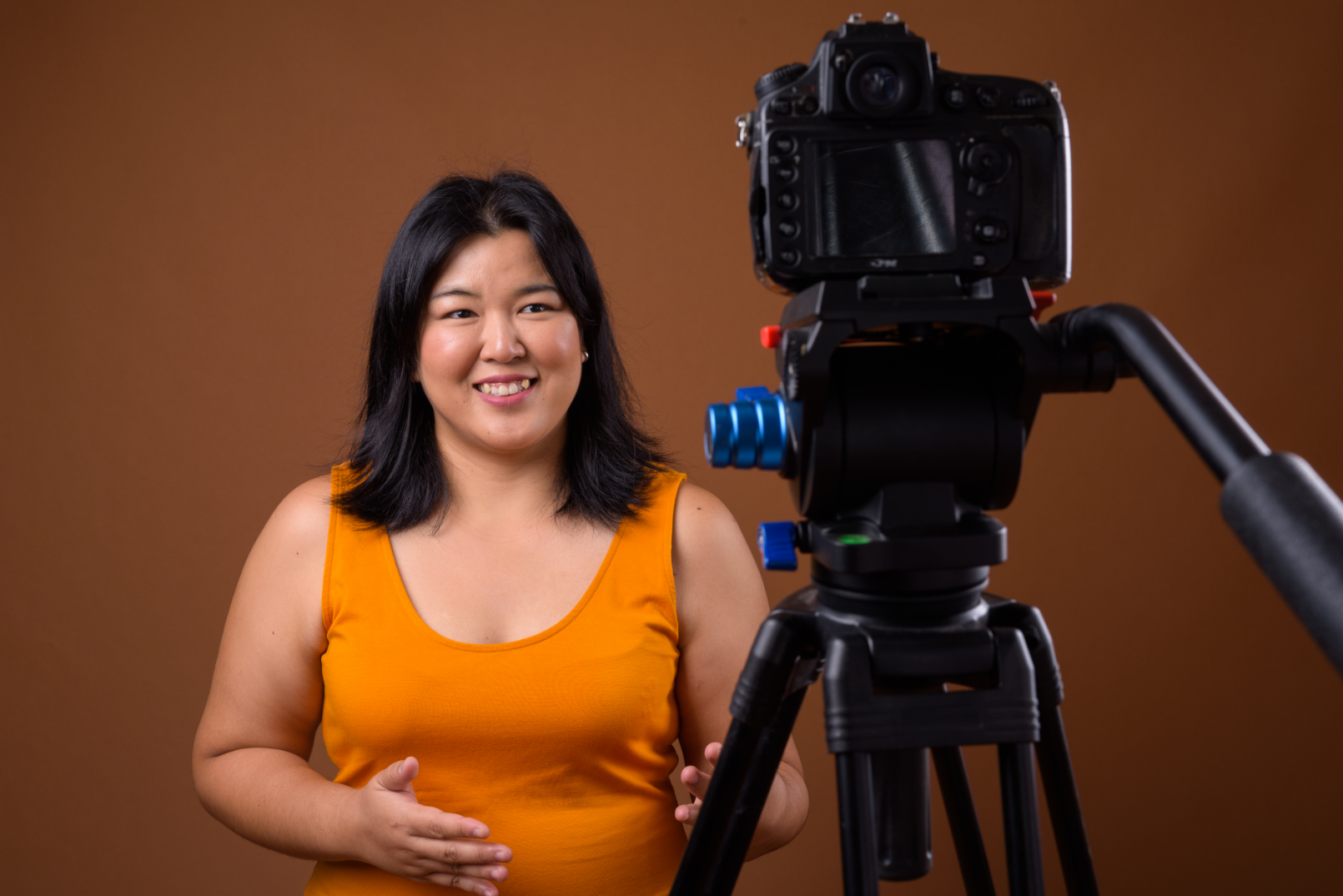Cinematic Look: 7 Pro Techniques for Any Video Project

Cinematic Look: 7 Pro Techniques for Any Video Project
Ever watch a film and just feel the quality, the intention, the sheer visual poetry of it all? That's the "cinematic look" – a magical blend of technical choices and artistic vision that elevates a video from ordinary to extraordinary. It’s not just about having the latest camera gear; it's about understanding and applying professional techniques that Hollywood filmmakers have perfected over decades. The good news? You don't need a multi-million dollar budget to achieve it. With a little knowledge and practice, you can infuse that big-screen magic into your next video project, whether it’s a short film, a documentary, a commercial, or even a compelling YouTube piece.
In this post, we'll dive into seven essential techniques that will help you craft that sought-after cinematic aesthetic. These are actionable tips you can start implementing today, regardless of your current setup. Get ready to transform your footage and tell your story with unparalleled visual impact.
Setting the Visual Stage: Aspect Ratio & Depth
Embrace Widescreen Aspect Ratios
One of the quickest ways to signal "cinematic" is by adopting a widescreen aspect ratio. While 16:9 (the standard for most screens) is fine, traditional cinema often employs wider formats like 2.35:1 (anamorphic) or 2.39:1. This wider frame creates a more expansive, grand, and immersive viewing experience, immediately evoking the feeling of a big-budget movie. It forces you to compose your shots more thoughtfully, utilizing the horizontal space to tell your story.
You can achieve this effect in post-production by adding "cinematic bars" or "letterboxing" to the top and bottom of your 16:9 footage. Many video editing software packages have presets or simple tools to do this. Experiment with different ratios to see what best suits your narrative – sometimes a subtle 1.85:1 can be effective, while other times the dramatic 2.35:1 is precisely what your scene needs to feel epic.
Harness Shallow Depth of Field
Another hallmark of cinematic visuals is the strategic use of shallow depth of field (DoF). This technique blurs the background and foreground, making your subject pop sharply into focus. It guides the viewer's eye exactly where you want it, isolating characters or key elements and creating a sense of dimension and intimacy. Think of those beautiful shots where a character is in crisp focus, and the world behind them melts into a creamy bokeh – that's shallow DoF at work.
To achieve shallow DoF, you'll generally want a lens with a wide aperture (low f-number, like f/1.8 or f/2.8), place your subject further away from the background, and use a longer focal length. Even modern smartphones are incorporating impressive computational photography to simulate this effect, often called "Portrait Mode." For dedicated cameras, investing in a fast prime lens (e.g., a 50mm f/1.8) is one of the best bangs for your buck to unlock this powerful cinematic tool.
Illuminating & Moving: Lighting & Camera Dynamics
Master Intentional Lighting
Lighting isn't just about making sure your subject is visible; it's about shaping mood, directing attention, and adding dramatic flair. Cinematic lighting is rarely flat and even. Instead, it uses contrast, shadows, and motivated light sources to sculpt the scene. Understanding techniques like three-point lighting (key, fill, and back light) is foundational, but don't stop there. Experiment with practical lights (lamps, candles, monitors within the scene) and natural light to add realism and atmosphere.
Look for opportunities to create rim lighting (light outlining the subject from behind), soft, diffused light for beauty, or harsh, dramatic shadows for suspense. Even a single well-placed light can transform a mundane shot into something compelling. Remember, film often embraces the darkness as much as the light – thoughtful shadows can build tension and add depth that uniform brightness simply cannot.
Implement Deliberate Camera Movement
While handheld, "run-and-gun" footage has its place, truly cinematic video often features slow, purposeful camera movements. Think tracking shots that follow a character, smooth dolly moves that reveal a new part of the scene, or a gentle push-in that emphasizes emotion. These movements aren't just for show; they serve the narrative, guiding the viewer's eye and enhancing the emotional impact of a scene.
To achieve smooth movements, consider using equipment like sliders, gimbals, or even a simple monopod or tripod with a fluid head. If shooting handheld, focus on slow, controlled movements and engage your core to minimize shakes. Avoid rapid pans, zooms, or shaky motions unless they are specifically designed to evoke a particular chaotic feeling. The goal is often to make the camera feel like an invisible observer, smoothly gliding through the story.
Post-Production Polish & Immersion: Color, Sound & Pacing
Execute Masterful Color Grading
Color grading is where you truly define the visual tone and mood of your film. It's more than just color correction; it's an artistic process that can evoke specific emotions, set a time period, or create a unique visual identity. Think of the desaturated, gritty look of a war film, the warm, nostalgic tones of a period drama, or the cool, futuristic palette of a sci-fi movie. These looks are carefully crafted in post-production.
Start by ensuring your white balance is correct, then move on to adjusting exposure, contrast, and saturation. Explore cinematic LUTs (Lookup Tables) as a starting point, but always customize them to fit your specific footage and vision. Pay attention to skin tones and consistency across your entire project. Color grading can be a complex skill, but even subtle adjustments can make a huge difference in achieving a cohesive, professional cinematic feel.
Employ Strategic Sound Design
This is arguably the most overlooked aspect of cinematic production, yet it's incredibly powerful. Great sound design goes beyond just clear dialogue and background music. It involves crafting an immersive auditory experience through ambient sounds (room tone, wind, city hum), foley effects (the sound of footsteps, a door closing, clothes rustling), and strategic use of silence. Sound can build suspense, enhance realism, evoke emotion, and even guide the audience's attention.
Record clean audio on set whenever possible using external microphones. In post-production, don't just rely on stock sound effects. Layer sounds, adjust their volume, pan them to match on-screen actions, and carefully mix everything to create a rich soundscape. A well-designed sound environment can make your visuals feel incredibly real and impactful, pulling your audience deeper into the story.
Cultivate Thoughtful Pacing & Editing
The rhythm and flow of your edits play a critical role in the cinematic experience. Hollywood films often employ a more deliberate, unhurried pacing, especially in establishing shots or moments of character introspection. This allows the audience to absorb the visual information, connect with the emotions, and truly experience the scene. Fast cuts are used strategically for action or high-tension moments, but not as the default for everything.
Consider your shot selection carefully. Do you need a wide shot to establish the setting? A close-up to emphasize an emotion? Let scenes breathe. Don't rush cuts unless the narrative demands it. Practice the art of "invisible editing," where cuts feel natural and seamless, allowing the story to unfold without jarring interruptions. Experiment with different cut points and durations to find the perfect rhythm for your narrative.
Conclusion
Achieving a "cinematic look" isn't about owning the most expensive gear; it's about understanding and applying these fundamental techniques with intention and creativity. By focusing on widescreen aspect ratios, shallow depth of field, intentional lighting, deliberate camera movement, masterful color grading, strategic sound design, and thoughtful pacing, you can elevate any video project from amateur to professional-grade.
Start by choosing one or two techniques to master, then gradually incorporate more into your workflow. Each step you take will bring your videos closer to that coveted big-screen feel. For more insights, tutorials, and resources to help you on your filmmaking journey, be sure to explore FilmBaker. We're dedicated to helping creators like you bring their visions to life. If you're ready to take your productions to the next level or have specific project needs, don't hesitate to get in touch with FilmBaker today. We're excited to see what cinematic magic you'll create!


